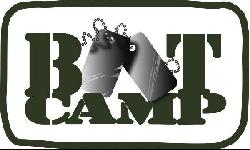![2010FieldDayLogo[1]](http://sanantoniohams.org/blog/wp-content/uploads/2010/03/2010FieldDayLogo1.jpg) The Bexar Operators Group (W5BOG) has unveiled it’s location for the 2010 ARRL Field Day event held on the last full weekend in June.
The Bexar Operators Group (W5BOG) has unveiled it’s location for the 2010 ARRL Field Day event held on the last full weekend in June.
We will be operating from Choke Canyon State Park in the “Calliham Unit” based in a shelter (cabin). In keeping with the original philosophy of what Field Day should be, we will be testing several new antenna designs and operating our rigs using deep cycle batteries charged by several banks of solar panels. If there is enough wind, we will erect our wind turbine to generate power.
Our operating class will be either 1B Batt. or 1A Batt. Nothing will be pre-planned as this is a test of our emergency communications deployment capabilities. The last time we were at this location for a “Field Day” event was in 2007 when we made several hundred contacts using just a basic “Inverted V” antenna. (2009 – Lost Maples State Park, 2008 – Mustang Island)

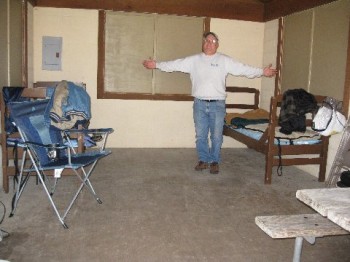 We traveled to the Calliham Unit of Choke Canyon State Park, about 15 miles west of the town of Three Rivers, which is about 80 miles south of San Antonio.
We traveled to the Calliham Unit of Choke Canyon State Park, about 15 miles west of the town of Three Rivers, which is about 80 miles south of San Antonio.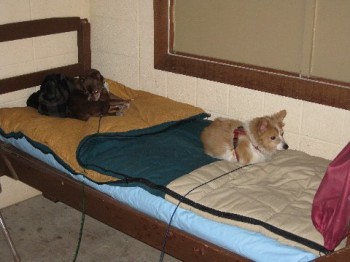
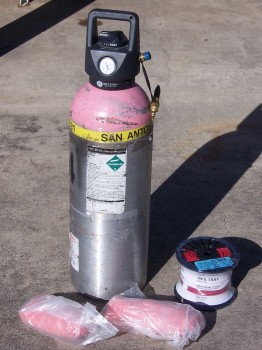
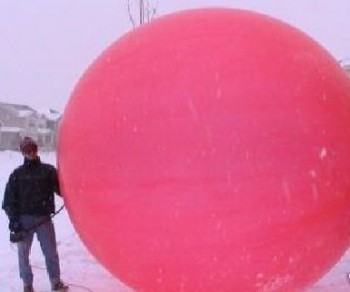
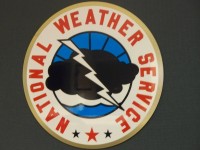
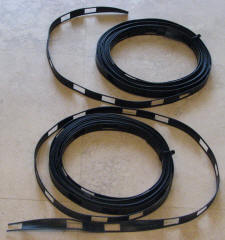 As explained in the November issue of “QST” (page 66) the ARRL examined the use of ladder-line and did some rudimentary testing of this cable in dry vs wet conditions.
As explained in the November issue of “QST” (page 66) the ARRL examined the use of ladder-line and did some rudimentary testing of this cable in dry vs wet conditions.